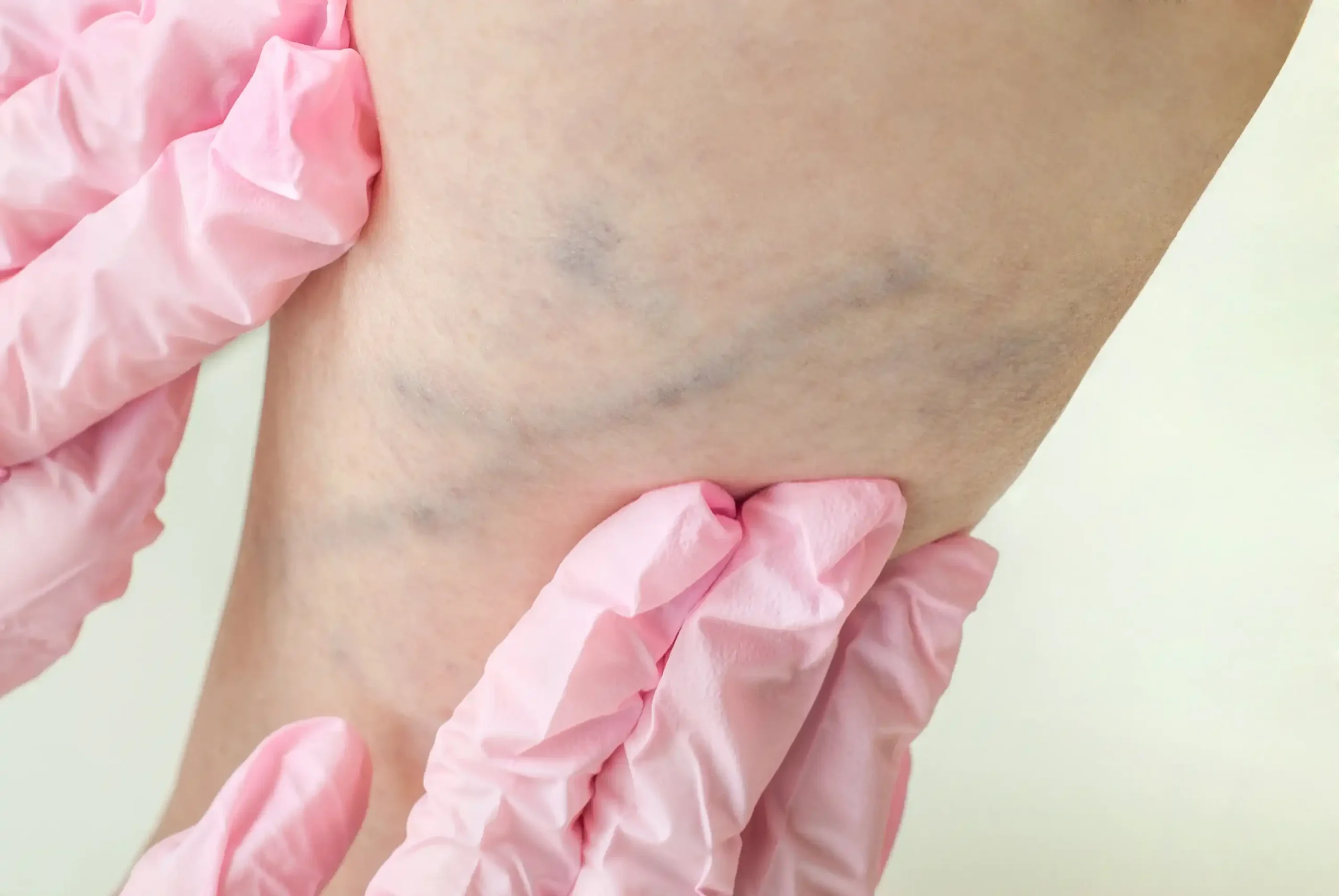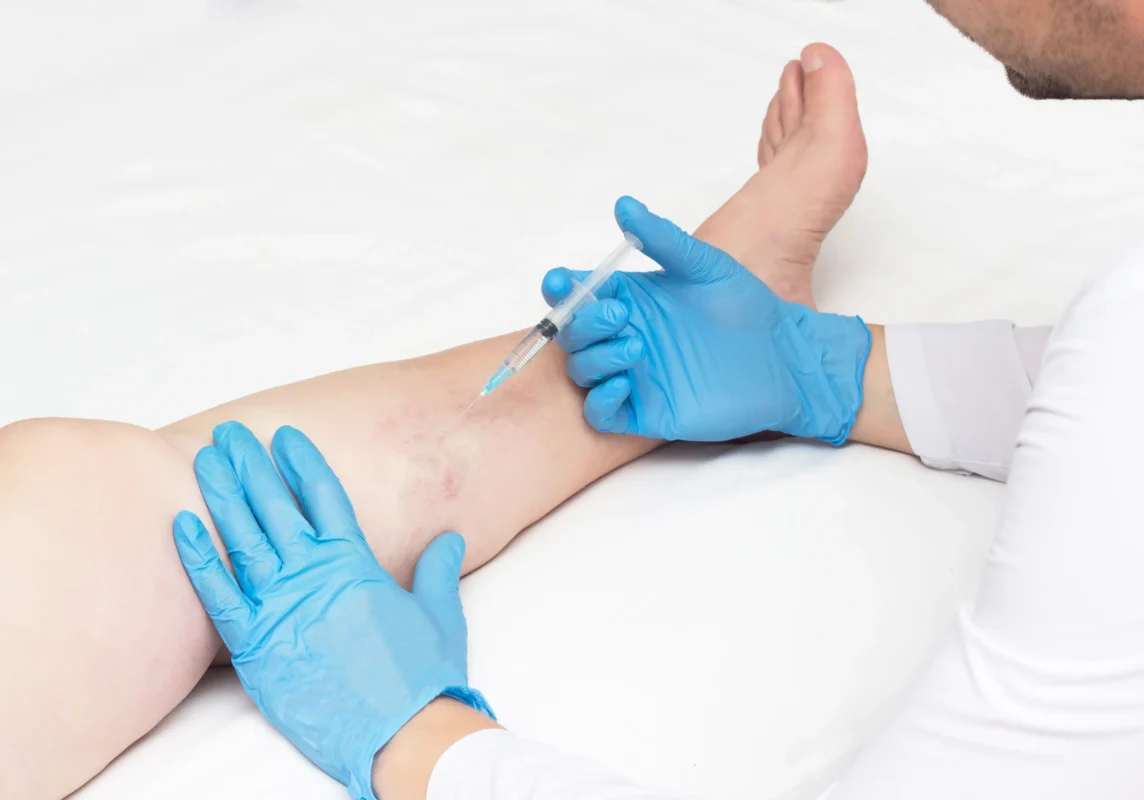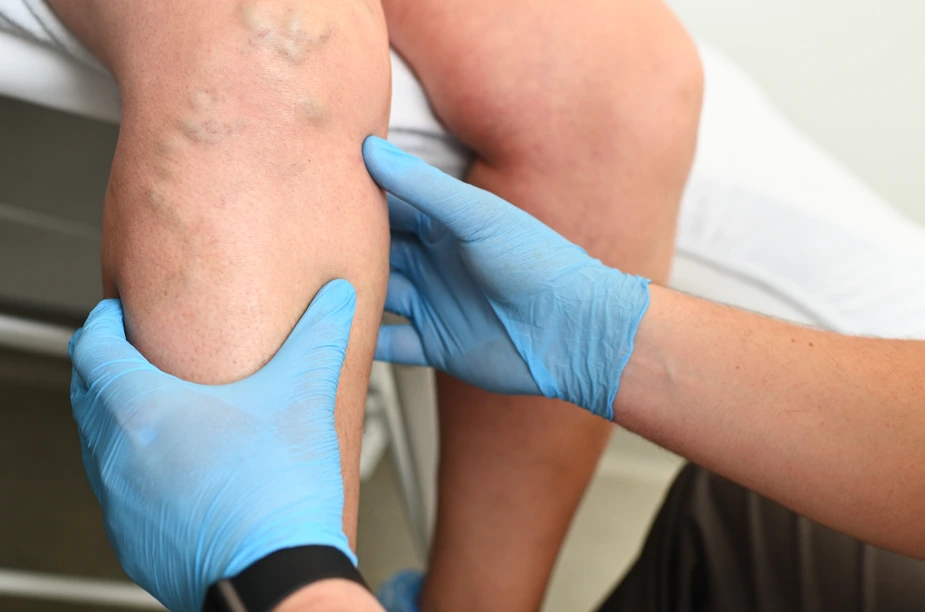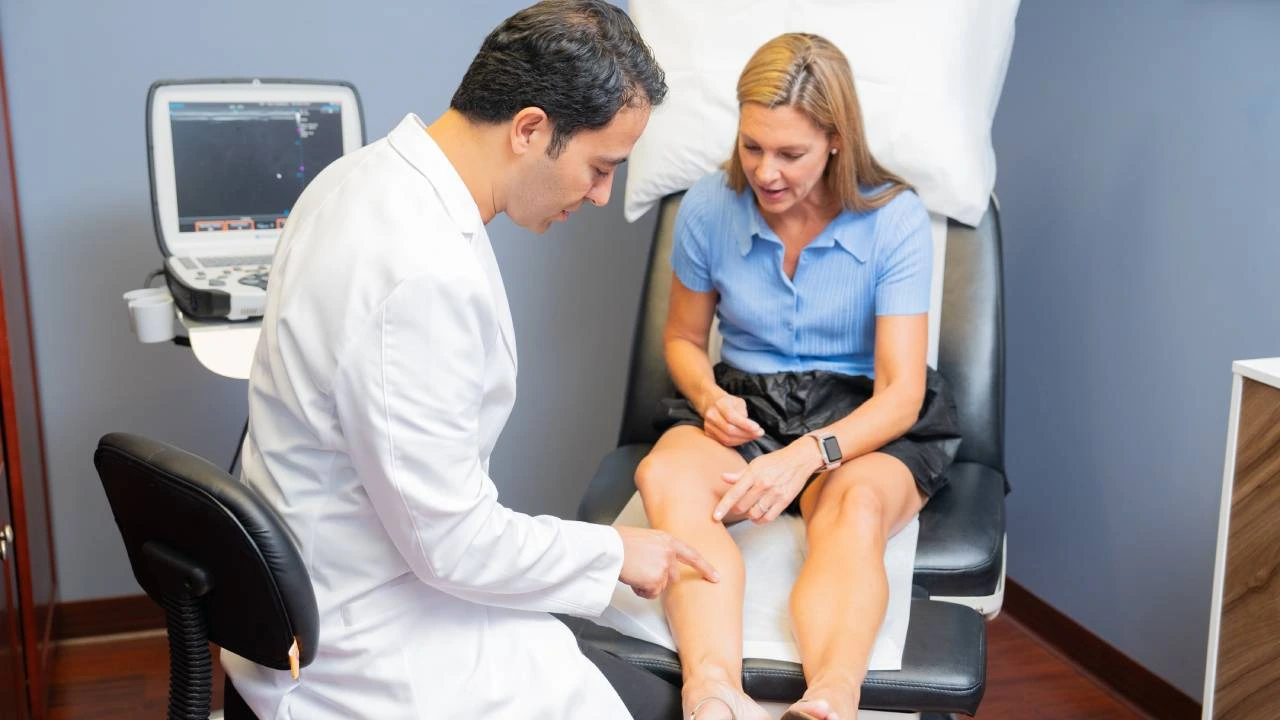If you have spider veins or small varicose veins, sclerotherapy may be an effective way to improve both your circulation and the appearance of your legs. This safe, minimally invasive procedure closes diseased veins so blood can flow through healthier pathways, helping relieve symptoms like aching, swelling, or heaviness.
Choosing the right clinic is just as important as the treatment itself. A specialized vein clinic ensures your procedure is accurate, comfortable, and effective by using advanced imaging and expert precision.
What is sclerotherapy?
Sclerotherapy is a non-surgical vein treatment that involves injecting a medical solution into damaged veins. Once sealed, blood naturally reroutes to healthy veins, improving both circulation and appearance.
While the procedure is quick and minimally invasive, results depend on precision and expertise. At leading vein treatment clinics, sclerotherapy is performed using:
-
Experienced vein specialists with advanced training in minimally invasive procedures
-
Ultrasound-guided injections for safety and accuracy
-
Comprehensive care for patients with deeper vein issues, which may include treatments like radiofrequency ablation (RFA) or endovenous laser ablation (EVLA)

Why choosing the right vein clinic matters for lasting results?
Not all vein clinics offer the same level of precision or technology. The difference between excellent and average results often depends on a clinic’s diagnostic imaging, treatment options, and specialist expertise.
1. Specialized expertise
The best outcomes come from experienced vein specialists with advanced training in diagnosing and treating venous disorders. They understand the complex anatomy of the venous system and can identify hidden sources of venous reflux, a key cause of spider and varicose veins.
Treating only visible surface veins without addressing underlying circulation issues may lead to recurrence, which is why comprehensive evaluation is essential before any procedure.
2. Advanced diagnostic technology
Leading vein treatment clinics use duplex ultrasound imaging to map the venous system before and during treatment. This technology allows specialists to:
-
Identify hidden varicose veins beneath the skin
-
Detect venous reflux (backward blood flow) that causes visible veins
-
Guide injections with accuracy so the solution reaches its exact target
-
Monitor results in real time
Without ultrasound guidance, deeper problem veins may be missed, resulting in incomplete or short-term results.
3. Comprehensive treatment approach
Top clinics customize every treatment plan based on the patient’s symptoms and vein patterns. If spider veins are linked to deeper feeder veins, those are treated first using minimally invasive procedures such as:
-
Radiofrequency ablation (RFA) which uses heat energy to close larger diseased veins
-
Endovenous laser ablation (EVLA) which uses targeted laser energy to seal abnormal veins
By combining treatments when necessary, experienced vein specialists ensure safe, effective, and long-lasting improvement.
What to expect during treatment?
Your first visit to a specialized vein clinic typically includes a detailed consultation and ultrasound examination. The vein specialist reviews your symptoms, medical history, and treatment goals. The ultrasound helps determine the extent of vein disease and the most effective treatment plan.
During the sclerotherapy procedure:
-
You’ll lie comfortably on the treatment table.
-
The area is cleansed and prepared.
-
The medical solution is injected into targeted veins, sometimes under ultrasound guidance.
-
Multiple veins may be treated during one session.
-
Compression stockings or bandages are applied afterward to support healing.
You can walk immediately after the procedure and resume most activities the same day, though it’s best to avoid strenuous exercise for several days. Light walking is encouraged to maintain circulation.
How long does recovery take after Sclerotherapy?
Recovery after sclerotherapy is generally quick, and most patients can return to normal activities the same day. Treated veins gradually fade over time as the body absorbs them, though the pace of improvement varies for each person. Some patients notice visible changes after one session, while others may need more than one treatment for optimal results.
Aftercare typically includes:
-
Wearing compression stockings after treatment to support circulation and healing
-
Walking daily to promote healthy blood flow
-
Avoiding hot baths, saunas, and direct sunlight on treated areas for a short period
-
Attending follow-up appointments to monitor progress and discuss next steps
Mild bruising, itching, or skin discoloration can occasionally occur but usually resolve naturally. When performed by experienced vein specialists, sclerotherapy is considered a safe and well-tolerated procedure.
What are the long-term benefits of Sclerotherapy?
Sclerotherapy does more than fade visible veins, it helps your legs feel lighter and healthier. By closing diseased veins and improving blood flow, most patients notice:
-
Less heaviness, aching, or fatigue in the legs
-
Reduced swelling around the ankles
-
Lower risk of new vein problems over time
-
Greater comfort and confidence day to day
Related questions you might be wondering about:
Why do some people need multiple sclerotherapy sessions?
Each patient’s veins absorb the solution at a different rate. Smaller spider veins often respond quickly, while larger or deeper veins might require several sessions for complete closure. Your vein specialist determines the best spacing and number of treatments based on your ultrasound results.
What’s the difference between sclerotherapy and laser treatments for veins?
Both close diseased veins, but they work differently. Sclerotherapy uses a medical solution injected directly into the vein, while laser therapy uses heat energy from the skin surface. Your doctor may recommend one or combine both, depending on the vein size and depth.
Can I develop new spider veins after having sclerotherapy?
It’s possible for new veins to appear over time, especially if you spend long hours standing, have a family history of vein disease, or experience hormonal changes. These new veins are not the same ones treated, they’re new that may benefit from follow-up care.
How do I know if my spider veins are just cosmetic or a sign of a deeper vein issue?
Spider veins on the surface can sometimes indicate underlying circulation problems such as chronic venous insufficiency. A quick, noninvasive ultrasound at your consultation helps determine whether the issue is cosmetic or medical. All consultations at Vein Treatment Clinic include a complimentary CVI screening.
Your results start with choosing the right clinic
Your results depend on where and who you trust for vein treatment. The best vein clinics focus on safety, expertise, and technology, not just appearance. Before scheduling, ask about:
-
Doctor credentials: Are they certified vein specialists?
-
Technology: Does the clinic use ultrasound for accuracy?
-
Experience: How often do they perform sclerotherapy?
-
Follow-up care: Will you receive guidance after treatment?
Our experienced vein doctors personalize every sclerotherapy plan to your need. Schedule your consultation today.









